Home>Garden Essentials>How To Break The Surface Tension Of Dry Potting Soil Mix
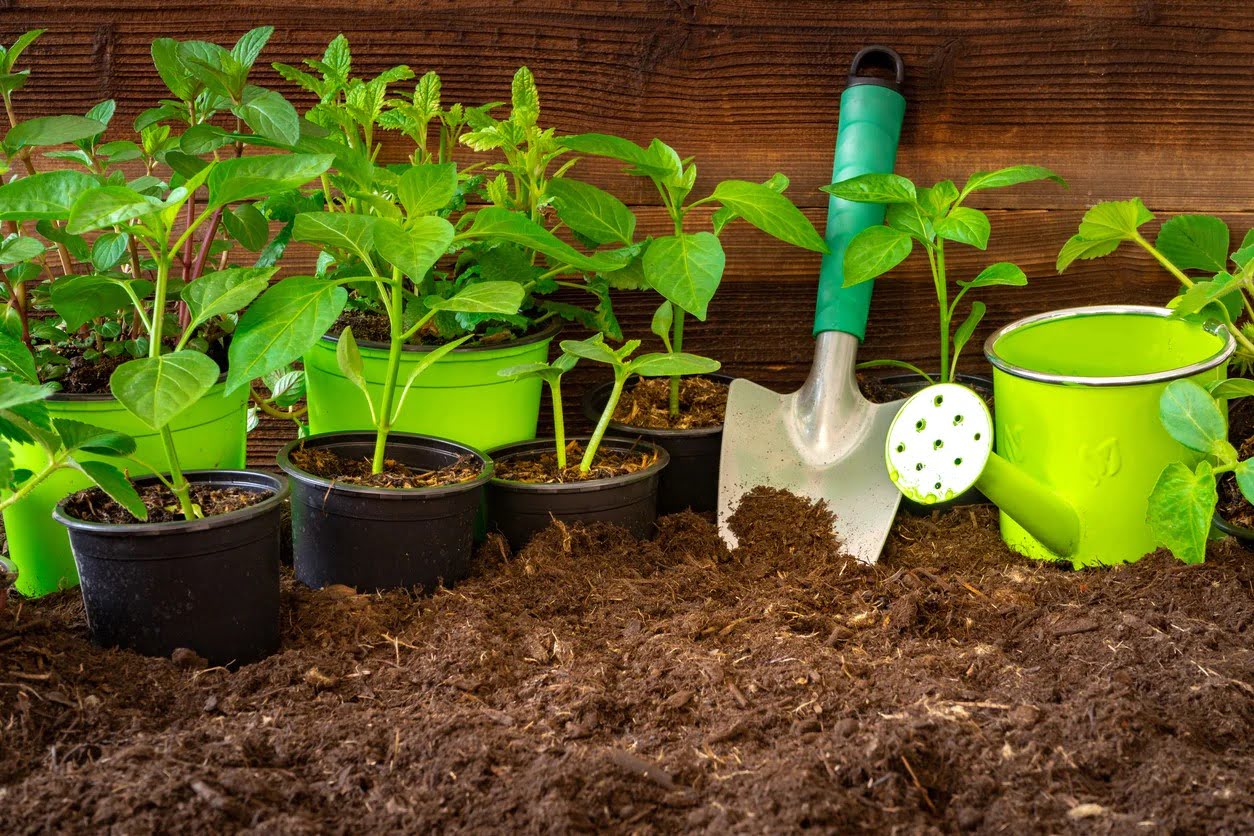

Garden Essentials
How To Break The Surface Tension Of Dry Potting Soil Mix
Modified: August 25, 2024
Learn how to break the surface tension of dry potting soil mix in your garden and create an optimal environment for plant growth.
(Many of the links in this article redirect to a specific reviewed product. Your purchase of these products through affiliate links helps to generate commission for Storables.com, at no extra cost. Learn more)
Introduction
When it comes to gardening, the quality of the soil is paramount. The success of your plants often depends on the ability of their roots to access water and nutrients in the soil. Unfortunately, dry potting soil mixes can pose a challenge for plants as they struggle to absorb moisture due to the presence of surface tension.
Surface tension refers to the cohesive forces between water molecules that cause them to stick together and form a kind of “skin” on the surface. In the case of dry potting soil mix, this surface tension can create a barrier that prevents water from penetrating the soil and reaching the roots of plants. This can lead to poor plant growth, water runoff, and ineffective watering.
Breaking the surface tension of dry potting soil mix is essential to ensure optimal water absorption and root development in your plants. By effectively breaking this barrier, you can improve the overall health and vitality of your garden.
In this article, we will explore the importance of breaking the surface tension in dry potting soil mix and discuss various methods that can be employed to achieve this.
Key Takeaways:
- Break the surface tension of dry potting soil to help plants absorb water and nutrients, promoting healthy growth and preventing water runoff.
- Methods like adding surfactants, mixing in organic matter, and using mechanical agitation can effectively break the surface tension and improve water absorption in your garden.
Read more: How To Make Potting Soil Mix
What is surface tension?
Surface tension is a fascinating phenomenon that occurs at the interface between two substances, such as air and water. It is the result of cohesive forces between the molecules of the liquid, which cause them to stick together and form a “skin” on the surface.
In the case of water, these cohesive forces are due to the polarity of water molecules. Water is a polar molecule, meaning it has a positive and negative end. This polarity allows the water molecules to attract and bond with each other, forming hydrogen bonds.
These hydrogen bonds create a network of interconnected water molecules on the surface, giving rise to surface tension. This tension is what allows small objects to float on the surface of water or insects to walk on water without sinking.
Surface tension also affects the behavior of liquids in porous materials, such as soil. In the case of dry potting soil mix, the surface tension can cause the water to bead up and form droplets on the surface rather than penetrating the soil particles.
As a result, the dry potting soil mix becomes hydrophobic, meaning it repels water. This can be problematic for plants as they rely on the soil to hold moisture and provide access to nutrients. The surface tension of dry potting soil mix creates a barrier that prevents water from reaching the roots and hydrating the plants.
Therefore, it is crucial to break the surface tension of dry potting soil mix to ensure that water can permeate the soil and be readily absorbed by plant roots.
Importance of breaking surface tension in dry potting soil mix
The surface tension of dry potting soil mix can significantly impact the overall health and growth of plants. Breaking this surface tension is crucial for several reasons:
1. Improved water absorption: When the surface tension of dry potting soil mix is not broken, water tends to bead up on the surface and does not penetrate the soil particles effectively. This means that the water cannot reach the roots of plants, leading to inadequate hydration. By breaking the surface tension, water can permeate the soil more easily, allowing for better absorption by plant roots.
2. Enhanced nutrient uptake: Nutrients present in the soil are crucial for plant growth and development. However, if the surface tension remains intact, it becomes difficult for these nutrients to reach the roots. Breaking the surface tension ensures that both water and nutrients can freely move through the soil and be taken up by plant roots, improving overall nutrient uptake.
3. Prevention of water runoff: When water cannot penetrate the soil due to surface tension, it often results in runoff. This means that instead of being absorbed by the soil, water simply flows over the surface, carrying away valuable nutrients with it. Breaking the surface tension helps to prevent excessive water runoff, allowing more water to be retained in the soil for plant use.
4. Promotes root development: Healthy root development is essential for plants to establish themselves and thrive. When the surface tension of dry potting soil mix is broken, water can easily infiltrate the soil and reach the root zone. This encourages the growth of healthy and robust root systems, which in turn supports the overall growth and stability of plants.
5. Ensures uniform soil moisture: By breaking the surface tension, water is distributed more evenly throughout the soil. This prevents dry spots and ensures uniform moisture levels, reducing the risk of under or overwatering certain areas of the garden. Consistent soil moisture is vital for plant health and prevents stress and wilting.
Overall, breaking the surface tension in dry potting soil mix is essential for ensuring proper water absorption, nutrient uptake, and healthy root development in plants. By addressing this issue, gardeners can create an optimal growing environment, leading to vibrant and thriving plants.
Factors contributing to surface tension in dry potting soil mix
Several factors contribute to the surface tension of dry potting soil mix. Understanding these factors can help us address and effectively break the surface tension. Here are some key factors:
1. Composition of soil particles: The composition of soil particles plays a significant role in surface tension. In dry potting soil mix, soil particles are often very fine and compacted, creating a dense structure. This compactness allows for stronger cohesion between water molecules, resulting in higher surface tension. Additionally, the presence of certain minerals in the soil can affect the surface tension as well.
2. Dryness of the soil: Dryness is another contributing factor to surface tension. When the potting soil mix is extremely dry, it becomes more hydrophobic. The lack of moisture in the soil creates a higher surface tension, making it more difficult for water to penetrate the soil particles and reach the roots of plants.
3. Organic matter content: The presence of organic matter in the potting soil mix can influence surface tension. Organic matter, such as humus or compost, can help improve the structure of the soil by promoting better water retention and drainage. This can, in turn, reduce surface tension, allowing water to infiltrate more readily.
4. Soil compaction: Compacted soil has reduced pore spaces, and the particles are tightly packed together. This dense structure contributes to increased surface tension. Compacted soil resists water infiltration, and the surface tension prevents water from easily permeating the soil and reaching the plant roots.
5. How long the soil has been dry: The duration of dryness affects the surface tension of the potting soil mix. When the soil has been dry for an extended period, the surface tension increases, making it even more challenging for water to penetrate. Repeated watering cycles or prolonged dryness can exacerbate the surface tension, making it more difficult to break.
By considering these factors, gardeners can identify the underlying causes of surface tension in dry potting soil mix and implement appropriate methods to effectively break the tension and improve overall water absorption in the soil.
Methods to break the surface tension of dry potting soil mix
Breaking the surface tension of dry potting soil mix is crucial to ensure proper water penetration and absorption. Here are several effective methods that can be employed to break the surface tension:
1. Adding surfactants: Surfactants are compounds that lower the surface tension of water, allowing it to spread more easily. Adding a surfactant, such as liquid dish soap or a commercial soil wetting agent, to the water before watering the potting soil mix can help break the surface tension. The surfactant molecules disrupt the cohesion between water molecules, enabling better water infiltration.
2. Mixing in organic matter: Incorporating organic matter, such as compost, well-rotted manure, or coconut coir, into the dry potting soil mix can help improve its structure and break the surface tension. Organic matter improves the soil’s water-holding capacity and promotes better drainage, reducing the surface tension and allowing for improved water absorption.
3. Using mechanical agitation: Agitating the potting soil mix mechanically, such as by gently breaking up clumps or using a fork to loosen the top layer, can help disrupt the surface tension. This process helps to create more pore spaces in the soil, allowing water to penetrate more easily and break through the surface tension barrier.
4. Applying heat or steam: Heat or steam can be used to break the surface tension of dry potting soil mix. This method involves gently heating or steaming the potting soil mix to increase moisture content and reduce surface tension. However, it is crucial to be cautious with this method to avoid overheating or damaging the plants.
5. Watering techniques: Adjusting the way you water your plants can help break the surface tension of the potting soil mix. Instead of pouring water directly onto the soil surface, use a gentle, fine mist or a watering can with a thin spout to evenly distribute the water. This helps to break up the surface tension and allows for better water absorption.
6. Pre-moistening the soil: Before potting or planting, pre-moistening the dry potting soil mix can help break the surface tension. By thoroughly wetting the soil beforehand and allowing it to absorb the water, you can reduce the surface tension and create a more easily penetrable environment for water to reach the roots.
It is important to note that different methods may be more effective depending on the specific needs of your plants and the composition of the potting soil mix. Experimenting with different techniques can help you find the best approach for breaking the surface tension and improving water absorption in your garden.
Adding surfactants
One effective method to break the surface tension of dry potting soil mix is by adding surfactants. Surfactants are compounds that lower the surface tension of water, allowing it to spread and penetrate the soil more easily. They work by disrupting the cohesion between water molecules, reducing the barrier that prevents water from entering the soil.
There are several options for surfactants that can be used in gardening. One common choice is liquid dish soap. Dish soap contains surfactant compounds that help to lower surface tension. When using dish soap, it is important to choose a mild, non-toxic formulation and dilute it properly to avoid damaging plants.
Another option is using commercial soil wetting agents. These are specifically designed to reduce surface tension in the soil, enabling water to penetrate more effectively. Soil wetting agents come in liquid or granular forms and can be applied directly to the potting soil mix according to the manufacturer’s instructions.
To use surfactants effectively, dilute the chosen surfactant in water before applying it to the potting soil mix. Follow the recommended dosage on the product label or use a ratio of approximately 1-2 teaspoons of liquid dish soap or 1-2 tablespoons of commercial wetting agent per gallon of water.
Once the surfactant solution is prepared, water the potting soil mix as you normally would, ensuring that the water is evenly distributed. The surfactant helps to break the surface tension, allowing the water to infiltrate the soil more easily and reach the plant roots.
It is important to note that while adding surfactants can be effective in breaking the surface tension, it should be used in moderation. Excessive use of surfactants can lead to over-wetting of the soil, which can result in waterlogged conditions that are detrimental to plant health.
Additionally, take into consideration the specific needs of your plants and the composition of the potting soil mix. Some plants may be more sensitive to surfactants, so it is advisable to do a small test by applying the surfactant solution to a small area of the potting soil mix to observe the plant’s reaction before applying it to the entire garden.
Overall, incorporating surfactants into your watering routine can be an effective way to break the surface tension of dry potting soil mix and improve the water absorption capabilities of the soil. It can help create a more hospitable environment for plants, ensuring they receive the necessary moisture for healthy growth and development.
Mixing in a small amount of dish soap or liquid detergent can help break the surface tension of dry potting soil mix, making it easier to absorb water.
Mixing in organic matter
Another effective method to break the surface tension of dry potting soil mix is by incorporating organic matter. Organic matter, such as compost, well-rotted manure, or coconut coir, can improve the structure of the soil and help to break the surface tension, allowing for better water absorption.
When organic matter is added to the potting soil mix, it helps to create a more porous and open structure. This increased pore space allows water to infiltrate the soil more easily, breaking through the surface tension barrier.
To mix organic matter into the potting soil mix, start by preparing the organic material. If you are using compost, ensure that it is well-aged and fully decomposed to avoid any risk of introducing pathogens or weed seeds into the potting soil mix.
Next, incorporate the organic matter into the dry potting soil mix. Use a garden fork or a trowel to thoroughly mix the organic material with the soil, ensuring that it is evenly distributed throughout the potting mix.
By adding organic matter, the potting soil mix becomes enriched with organic compounds. These compounds help to improve the soil’s water-holding capacity and promote better drainage, reducing the surface tension and allowing for improved water absorption.
In addition to breaking the surface tension, mixing in organic matter offers other benefits for plants. It improves soil structure, enhances nutrient availability, and encourages beneficial microbial activity, all of which contribute to healthier and more vigorous plant growth.
It’s important to note that the amount of organic matter to add to the potting soil mix will depend on the specific needs of your plants and the composition of the mix itself. As a general guideline, aim to incorporate approximately 20-30% organic matter into the potting soil mix.
Regularly adding organic matter to the potting soil mix, especially during the preparation of new batches, can help maintain a healthy and well-structured growing medium for your plants.
Overall, mixing in organic matter is a sustainable and effective method to break the surface tension of dry potting soil mix, improve water absorption, and foster a more favorable growing environment for plants.
Using mechanical agitation
Using mechanical agitation is a practical and straightforward method to break the surface tension of dry potting soil mix. This method involves physically agitating or disturbing the soil structure to create more pore spaces and allow water to penetrate more easily.
One of the simplest ways to mechanically agitate the potting soil mix is by gently breaking up clumps or compacted areas. Use a garden fork or a hand trowel to loosen the top layer of the soil, making sure to break up any large clumps. This process helps to create more pore spaces in the soil, reducing the surface tension and improving water infiltration.
Another technique is to use a fork to lightly scarify the surface of the potting soil mix. By raking the surface of the soil with the tines of a fork, you can create furrows or small channels that help to disrupt the surface tension and encourage better water penetration.
When employing mechanical agitation, it is important to be careful and gentle to avoid damaging the roots of any existing plants. Aim to disturb the surface of the soil without causing excessive disturbance to the root systems.
In addition to breaking the surface tension, mechanical agitation also helps to improve soil aeration and alleviate compaction. These benefits further promote healthy root growth and overall plant vitality.
It is beneficial to periodically use mechanical agitation as part of your regular gardening routine. By regularly breaking up clumps and loosening the top layer of the potting soil mix, you can prevent compaction, maintain good soil structure, and create an environment that facilitates better water absorption.
However, be cautious not to over-agitate the soil, as excessive disturbance can disrupt the delicate balance of the soil ecosystem and harm beneficial soil organisms. Use moderation and observe the specific needs of your plants when employing mechanical agitation.
Overall, using mechanical agitation is an effective and practical method to break the surface tension of dry potting soil mix. By incorporating this technique into your gardening practices, you can improve water infiltration, ensure better nutrient uptake, and promote healthy plant growth.
Applying heat or steam
Applying heat or steam is an alternative method to break the surface tension of dry potting soil mix. This technique involves gently heating or steaming the potting soil mix to increase moisture content and reduce surface tension.
Before applying heat or steam to the potting soil mix, it is essential to consider the specific needs of your plants and exercise caution to avoid overheating or damaging them.
Here’s how you can use heat or steam to break the surface tension of dry potting soil mix:
1. Dampen the potting soil mix: Before applying heat or steam, lightly dampen the potting soil mix without saturating it. This will help the moisture to evenly distribute throughout the mix and aid in breaking the surface tension.
2. Apply gentle heat: Place the potting soil mix in a microwave-safe container and warm it in the microwave for short intervals of about 20-30 seconds. After each interval, carefully check the temperature of the soil mix and stir it to ensure even heating. Avoid overheating the soil to prevent damage to the plants or beneficial microorganisms present in the mix.
3. Steam treatment: Alternatively, you can use a steaming method to break the surface tension. Place the potting soil mix in a heat-resistant container and suspend it above a steaming pot or use a steam generator. Allow the steam to pass through the soil mix for a brief period, periodically stirring the soil to evenly distribute the heat. Be cautious not to expose the potting soil mix to excessive heat or steam for extended periods, as this may lead to over-saturation or sterilization of the soil.
By gently and briefly applying heat or steam, you can increase the moisture content of the potting soil mix, which reduces the surface tension and promotes better water penetration.
It’s important to note that this method should be used with care and moderation. Not all plants tolerate heat or steam exposure well, and excessive heat or steam treatment can harm delicate roots or beneficial soil organisms.
Before adopting this method, it is advisable to research the specific requirements and sensitivities of your plants to heat and steam. Consider conducting a small-scale trial on a small portion of the potting soil mix to assess the plants’ response before applying it to the entire garden.
Overall, applying heat or steam can be an effective technique to break the surface tension of dry potting soil mix. With proper caution and attention, this method can help create a more hospitable environment for plants, ensuring improved water absorption and root development.
Read more: How To Make A High Acid Potting Soil Mix
Precautions when breaking the surface tension of dry potting soil mix
While breaking the surface tension of dry potting soil mix is important for optimal water absorption and plant growth, it’s crucial to take certain precautions to ensure the well-being of your plants and the soil ecosystem. Here are some precautions to keep in mind:
1. Dosage of surfactants: When using surfactants to break the surface tension, it’s important to follow the recommended dosage. Overapplication of surfactants can lead to excessive foaming or over-wetting, which can result in waterlogged conditions that are detrimental to plant roots and soil health. Follow the instructions provided on the product label, and if in doubt, start with a lower dosage and observe the plants’ response before increasing the amount.
2. Choice of surfactants: Not all surfactants are suitable for all plants. Some plants may be sensitive to certain types of surfactants, such as those containing harsh chemicals. It is advisable to choose mild, eco-friendly surfactants or opt for organic alternatives. Take into consideration the specific needs and sensitivities of your plants, and if in doubt, seek advice from a local gardening expert.
3. Soil moisture level: Before breaking the surface tension, ensure that the potting soil mix is appropriately moistened. Avoid applying surfactants or mechanical agitation to completely dry soil, as it may lead to uneven distribution of water and potentially damage delicate plant roots. It’s important to strike a balance between soil moisture and surface tension reduction.
4. Sensitivity of plants to mechanical agitation: When using mechanical agitation to break the surface tension, be cautious not to disturb the roots of existing plants. Some plants have sensitive root systems, and excessive or rough agitation can cause damage. Use gentle techniques, such as lightly breaking up clumps or scarifying the soil surface, while being mindful of the plants’ root zone.
5. Sensitivity of plants to heat or steam: If employing heat or steam to break the surface tension, be aware of the heat tolerance of your plants. Some plants may be more sensitive to heat exposure and can experience damage or stress. Keep the heating or steaming duration and intensity brief and within the tolerance level of your plants. Monitor the soil temperature and the plants’ response closely to avoid any negative effects.
6. Regular soil amendments: While incorporating organic matter is beneficial for breaking surface tension, it’s important to maintain a balanced approach. Regularly adding organic matter is beneficial, but avoid excessive amendments, as it can impact the nutrient balance and long-term soil health. Ensure that the organic matter is well-aged and composted to avoid introducing weed seeds or diseases into the potting soil mix.
By taking these precautions, you can ensure the well-being of your plants and the long-term health of the soil. Remember to observe and monitor the response of your plants to any surface tension-breaking methods and make adjustments as necessary.
Overall, breaking the surface tension of dry potting soil mix requires a mindful approach, considering the specific needs of your plants and the nature of the soil. By following these precautions, you can effectively break the surface tension while promoting a thriving and balanced garden ecosystem.
Conclusion
Breaking the surface tension of dry potting soil mix is a crucial step in ensuring optimal water absorption and plant growth. Surface tension can create a barrier that prevents water from penetrating the soil and reaching the roots, leading to poor plant health and inefficient watering.
In this article, we explored various methods to break the surface tension of dry potting soil mix, including the addition of surfactants, mixing in organic matter, using mechanical agitation, and applying heat or steam. Each method offers its own benefits and considerations, and it’s important to choose the approach that best suits your plants and gardening practices.
Adding surfactants can effectively lower the surface tension of water, allowing it to spread and penetrate the soil more easily. Mixing in organic matter helps to improve soil structure, promote better water retention and drainage, and break the surface tension. Using mechanical agitation, such as gentle soil loosening or scarifying, creates more pore spaces, facilitating water infiltration. Applying heat or steam briefly can increase soil moisture and reduce surface tension.
However, precautions should be taken when employing these methods. Carefully follow the recommended dosages of surfactants, ensure proper soil moisture levels, be mindful of the sensitivity of plants to mechanical agitation or heat exposure, and avoid excessive amendments of organic matter.
By breaking the surface tension, we enable water to permeate the soil more effectively, ensuring improved water absorption, nutrient uptake, and root development. Consistent and mindful application of these techniques can lead to vibrant and healthy plants in our gardens.
Remember, no one-size-fits-all approach exists, and it’s important to understand the specific needs of your plants, the composition of your potting soil mix, and adapt these methods accordingly. Experimentation and observation are key to finding the best approach for breaking the surface tension and creating an ideal growing environment for your plants.
In conclusion, by breaking the surface tension of dry potting soil mix, we can provide our plants with the moisture and nutrients they need to thrive. By incorporating surfactants, organic matter, mechanical agitation, or heat/steam treatments, we can ensure optimal water absorption, healthy root development, and overall plant vitality. Be cautious, attentive, and adaptable in your gardening practices, and enjoy the benefits of breaking the surface tension for a bountiful and beautiful garden.
Frequently Asked Questions about How To Break The Surface Tension Of Dry Potting Soil Mix
Was this page helpful?
At Storables.com, we guarantee accurate and reliable information. Our content, validated by Expert Board Contributors, is crafted following stringent Editorial Policies. We're committed to providing you with well-researched, expert-backed insights for all your informational needs.
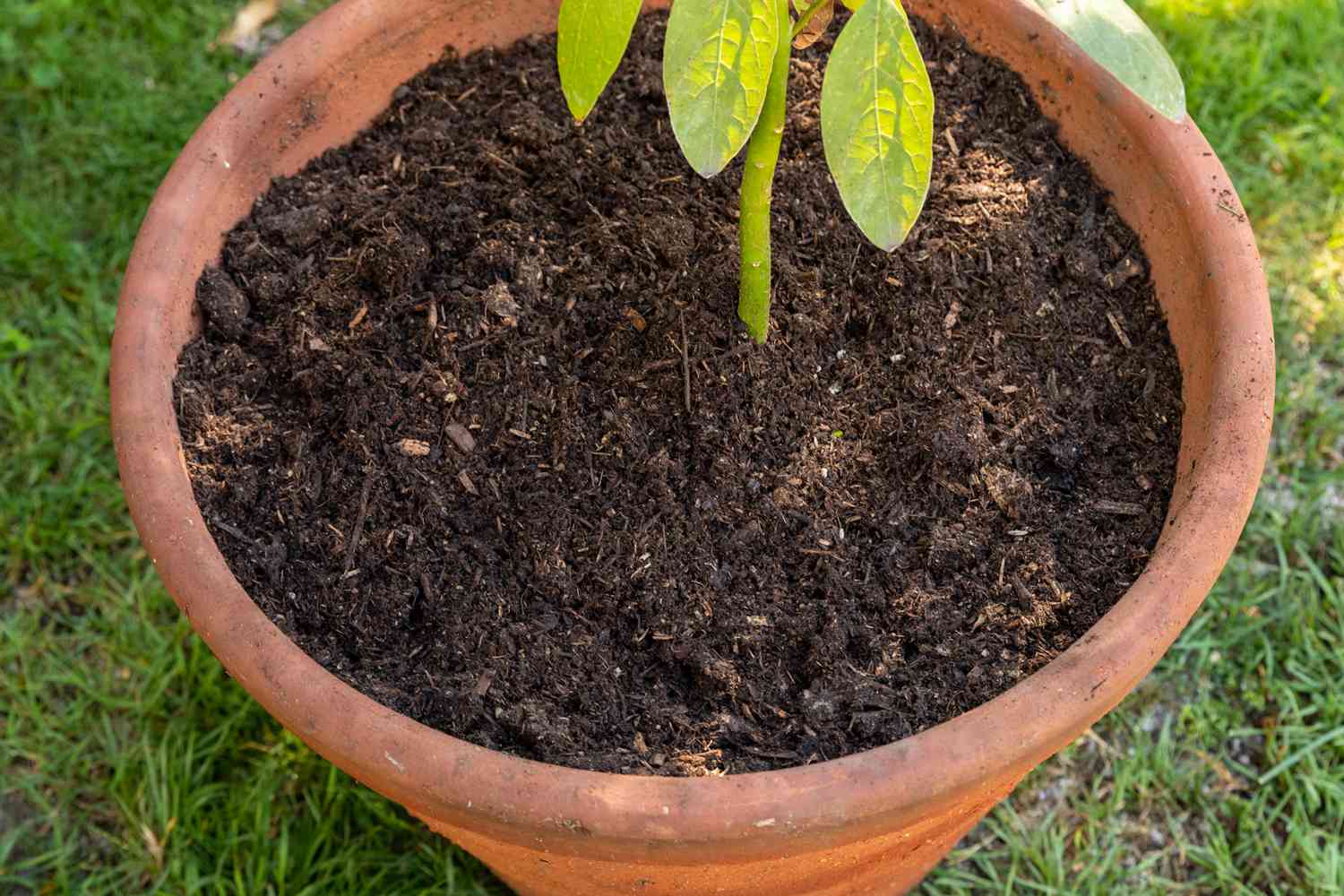
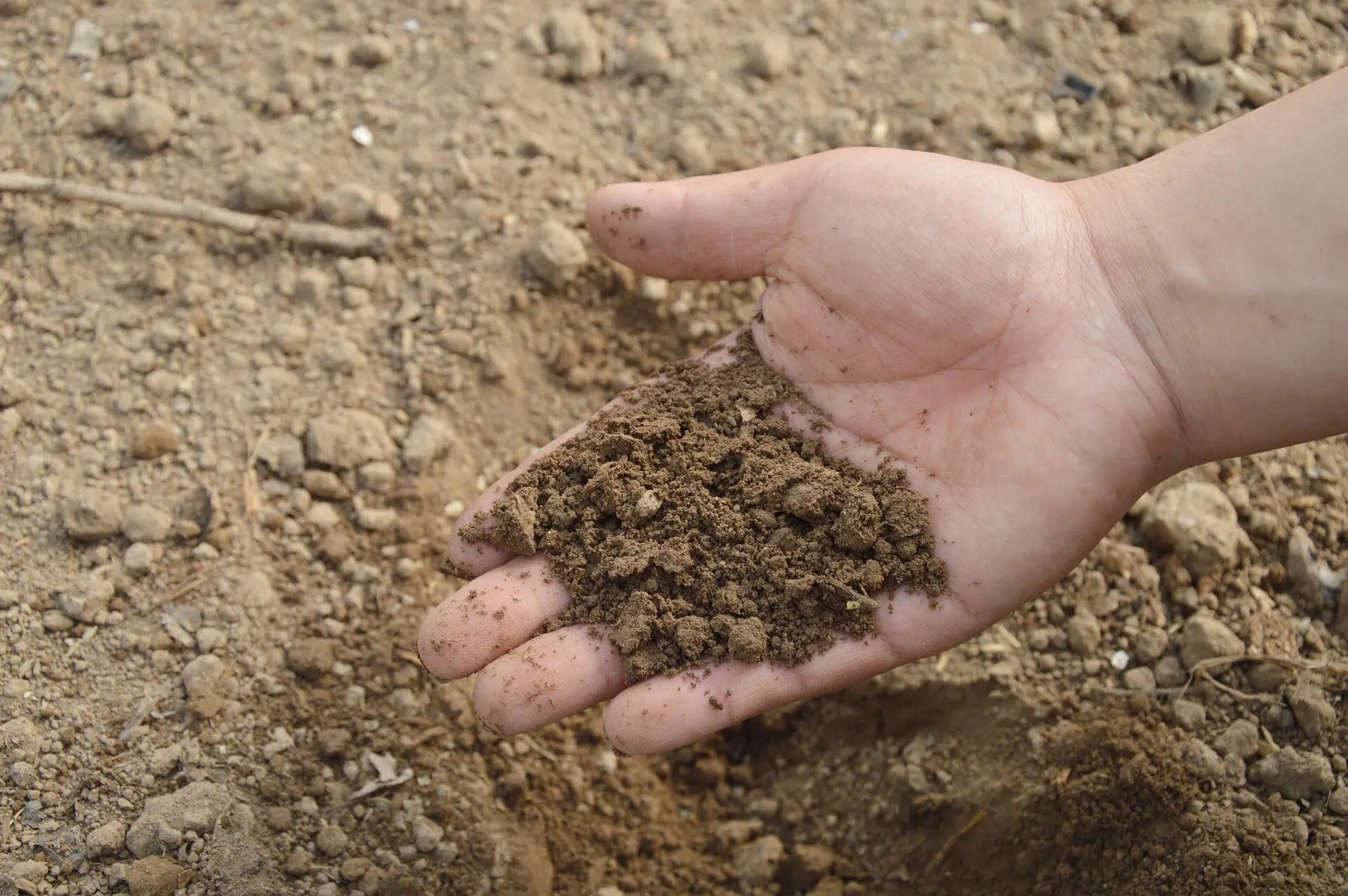
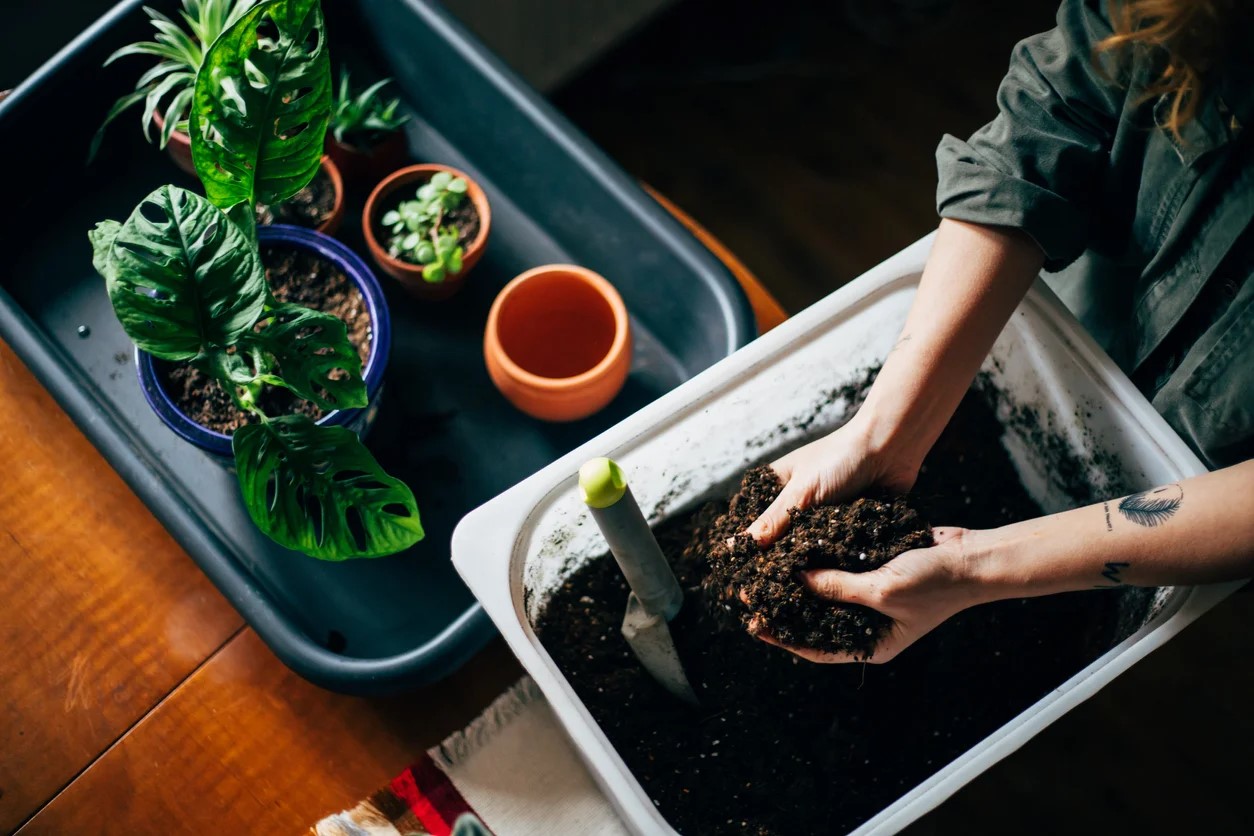
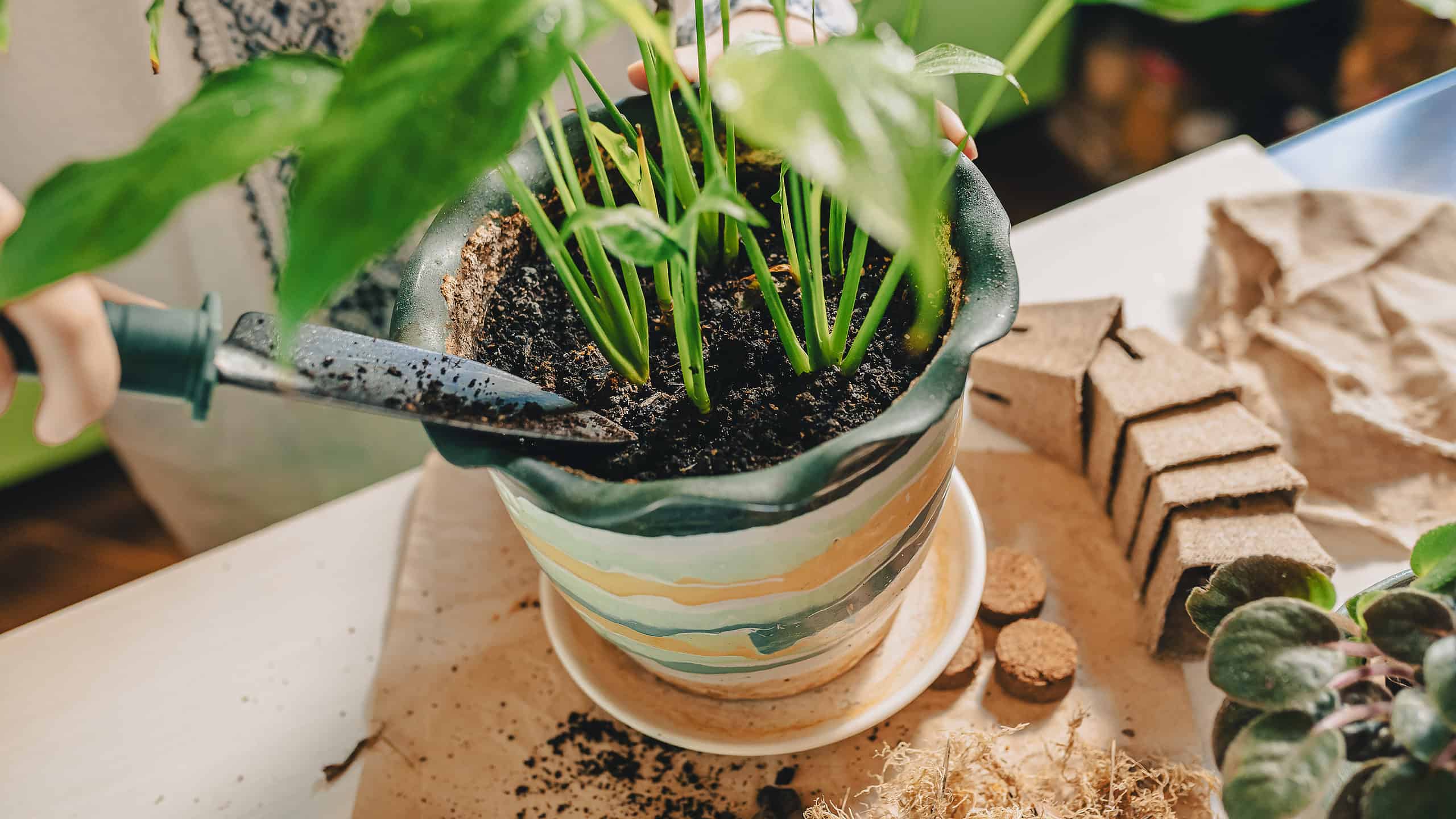
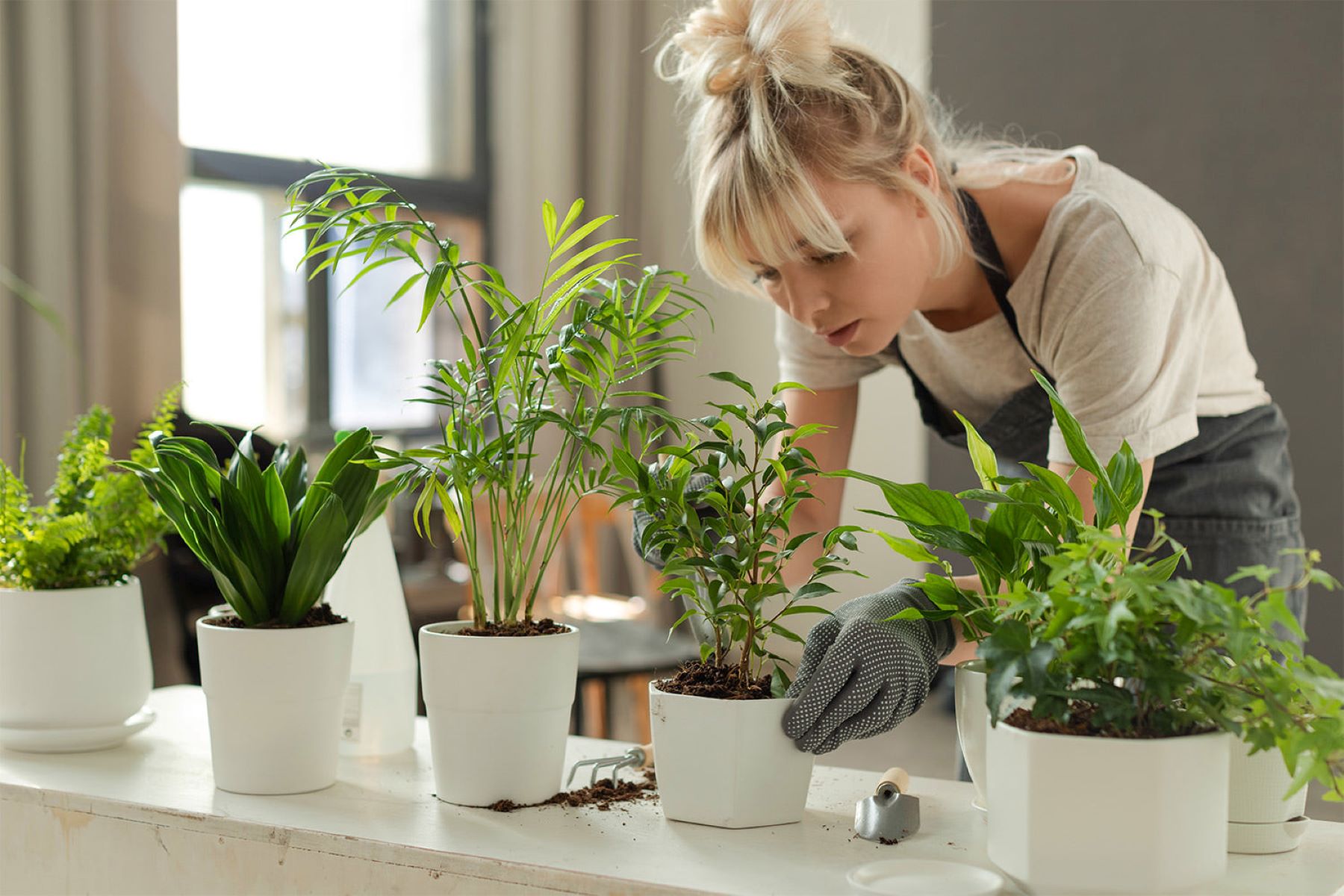
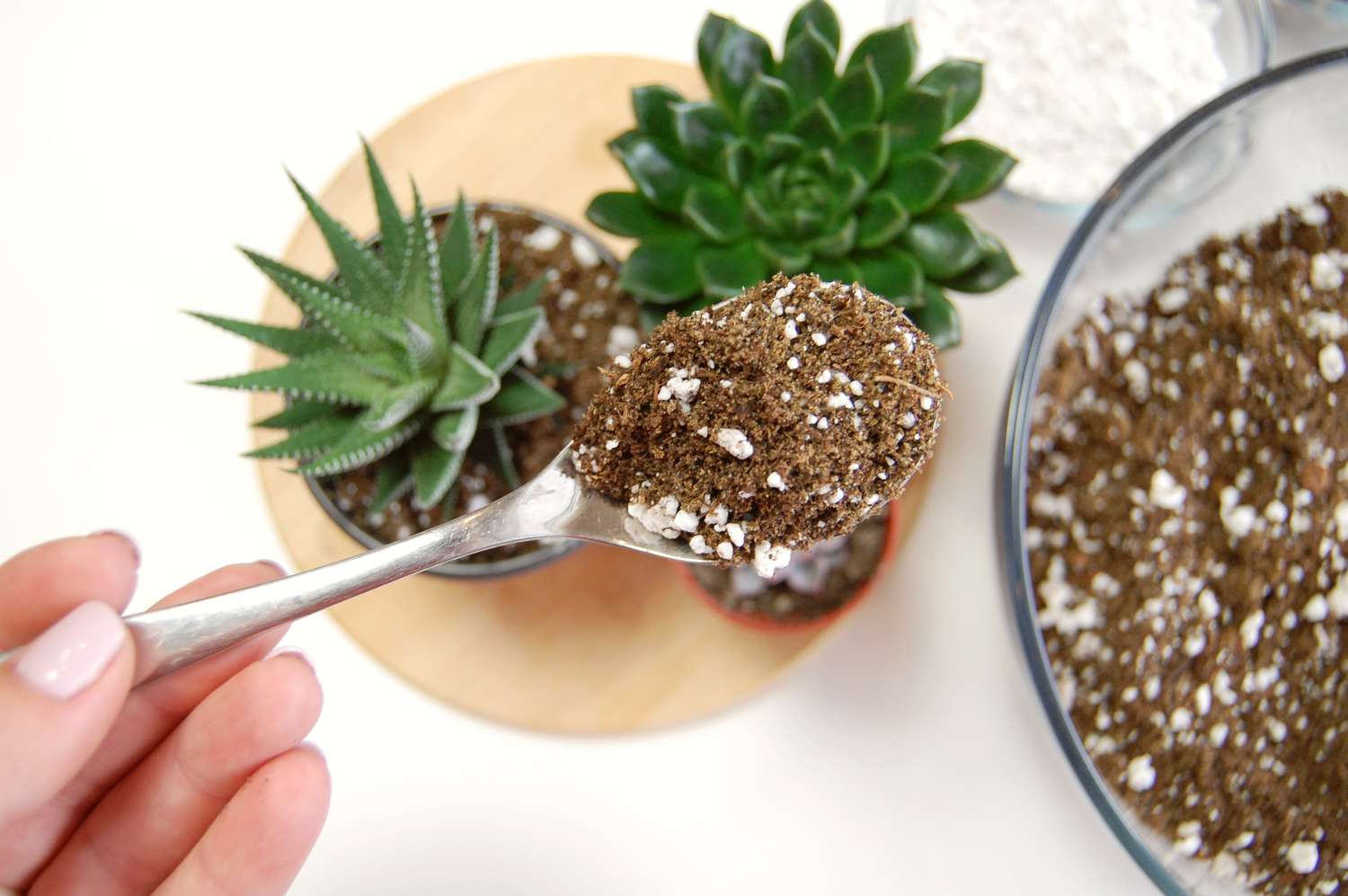
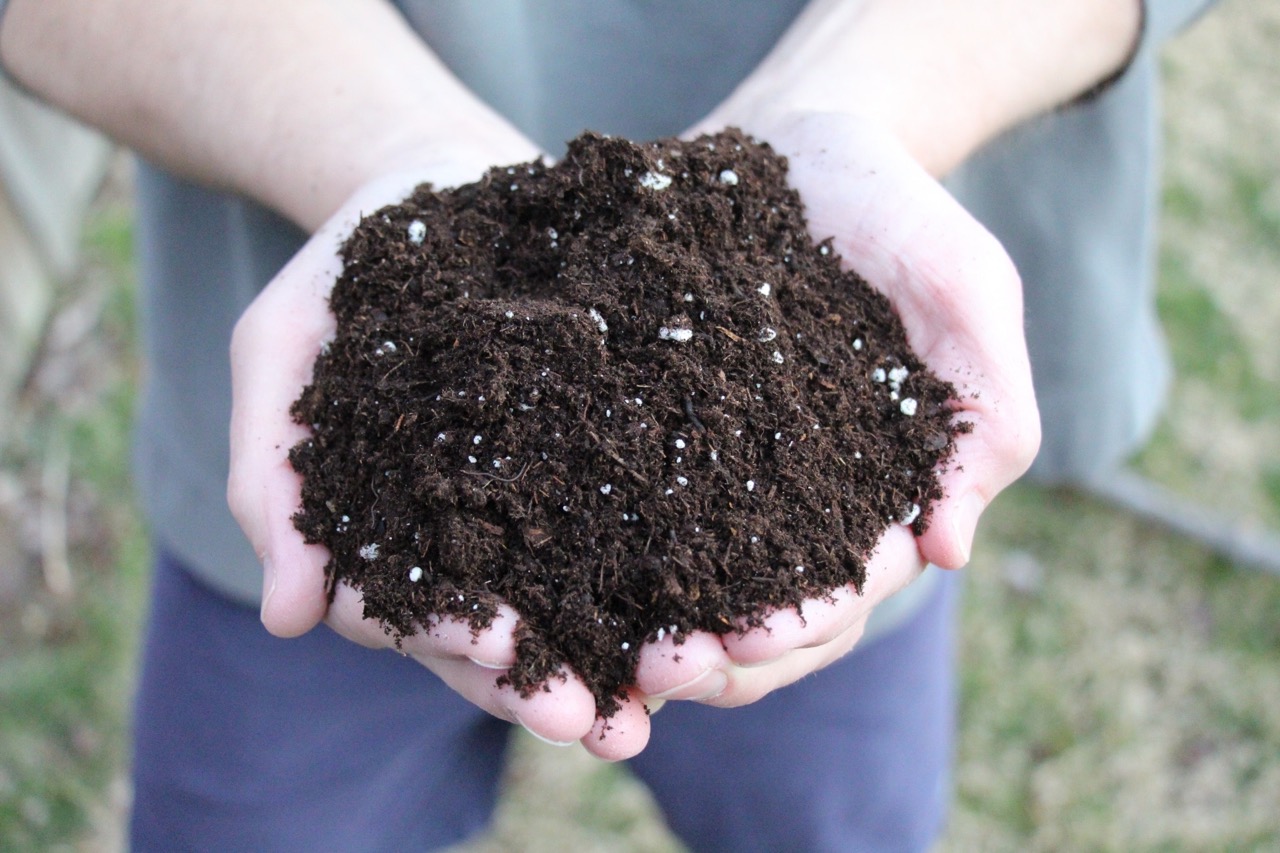
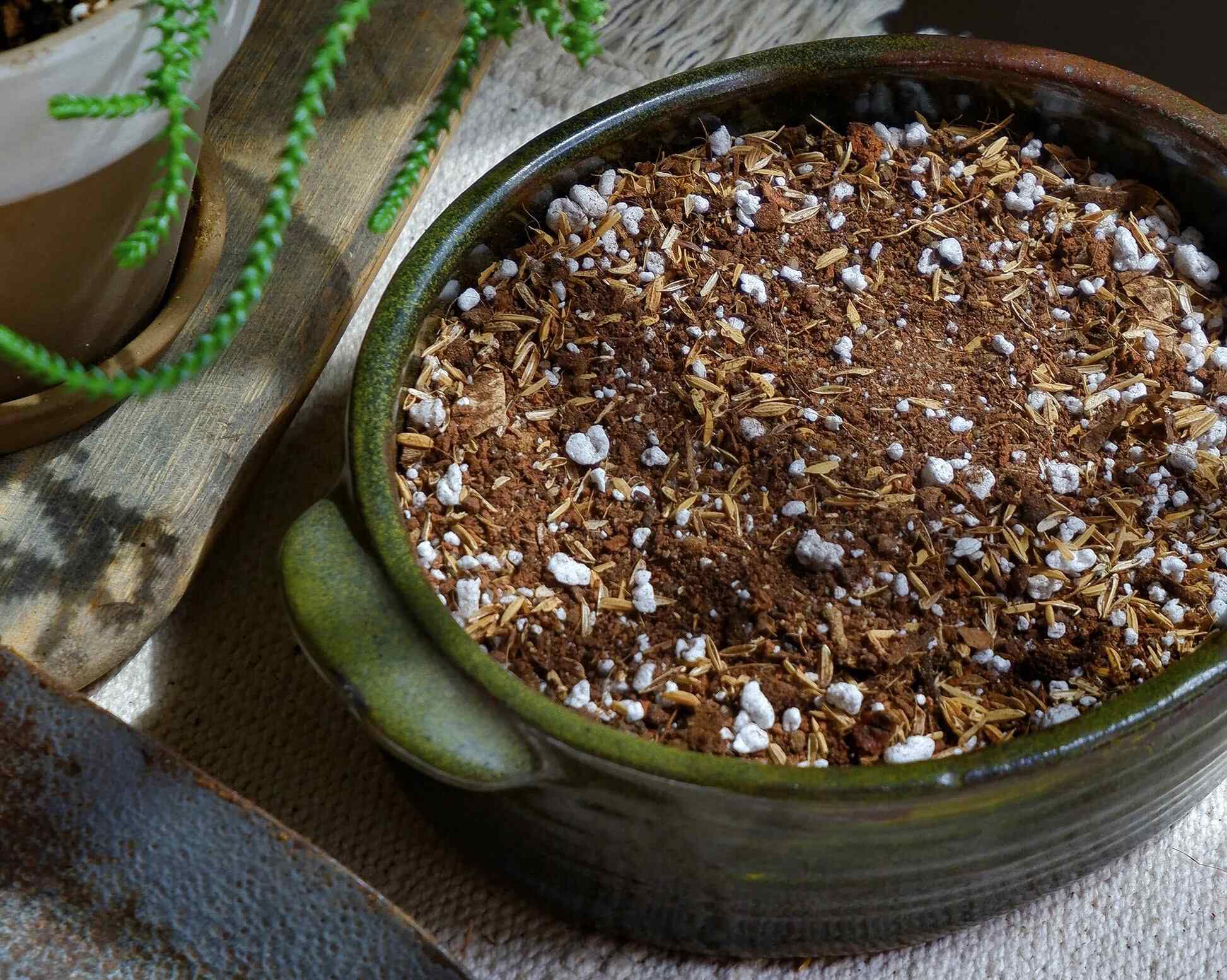
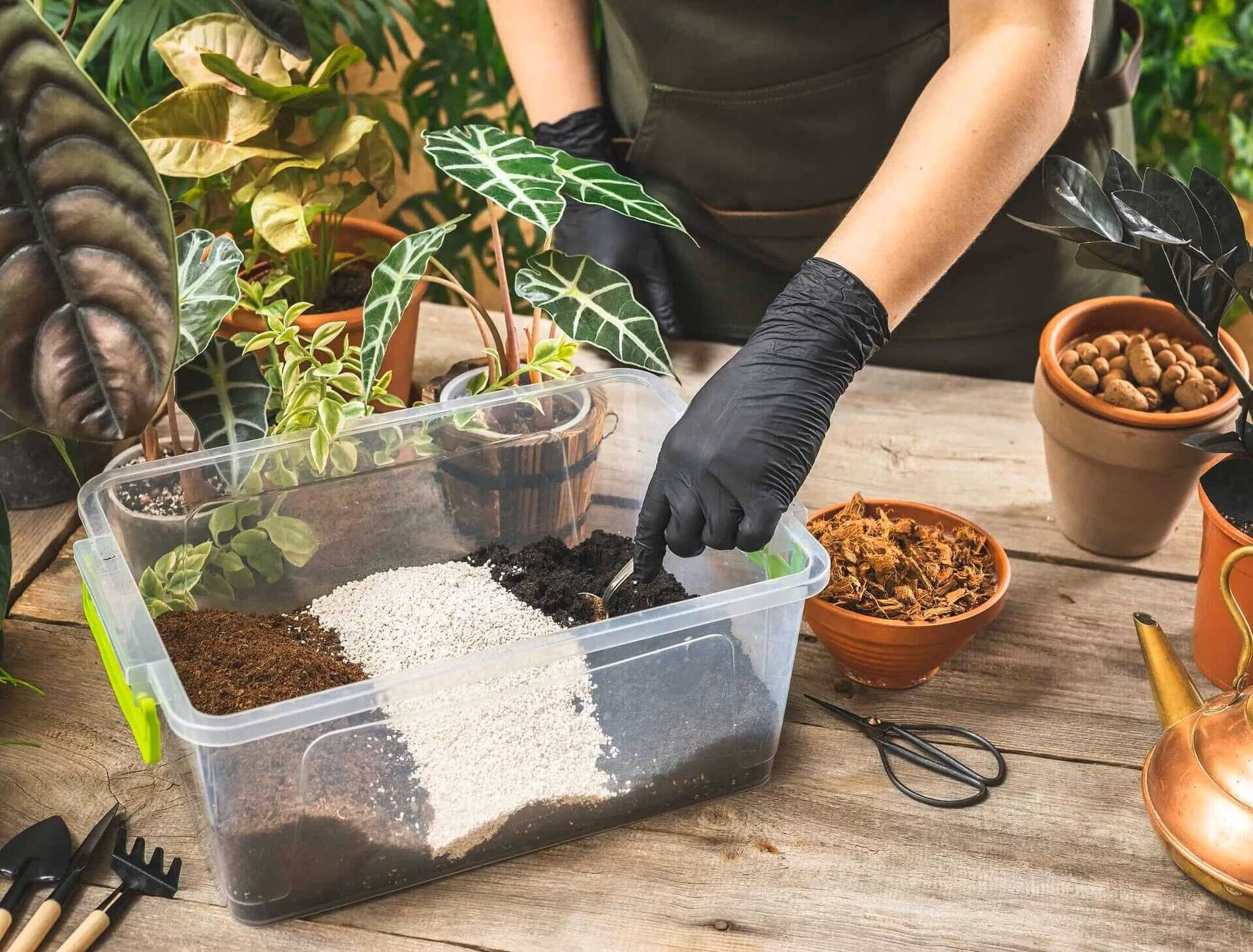
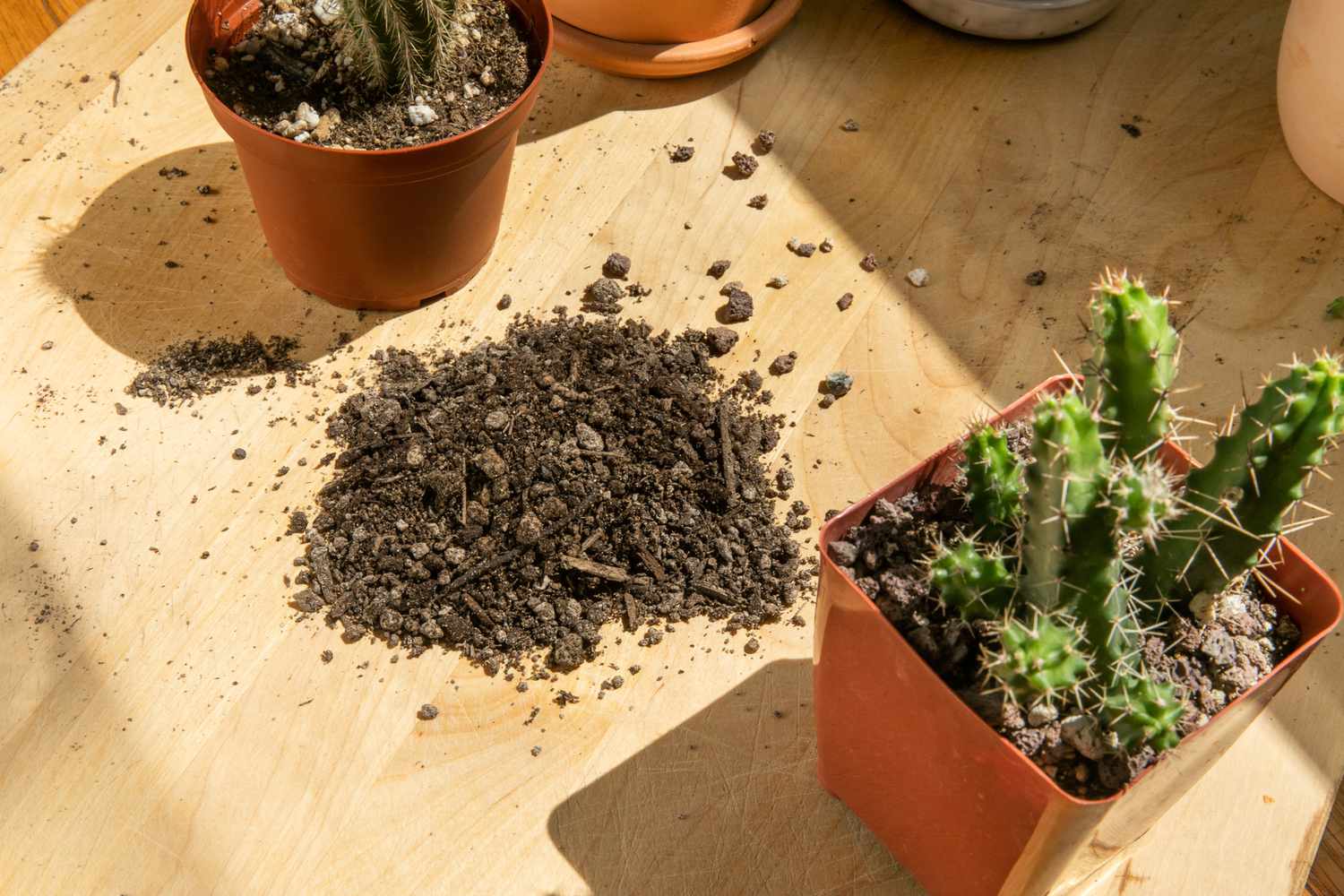
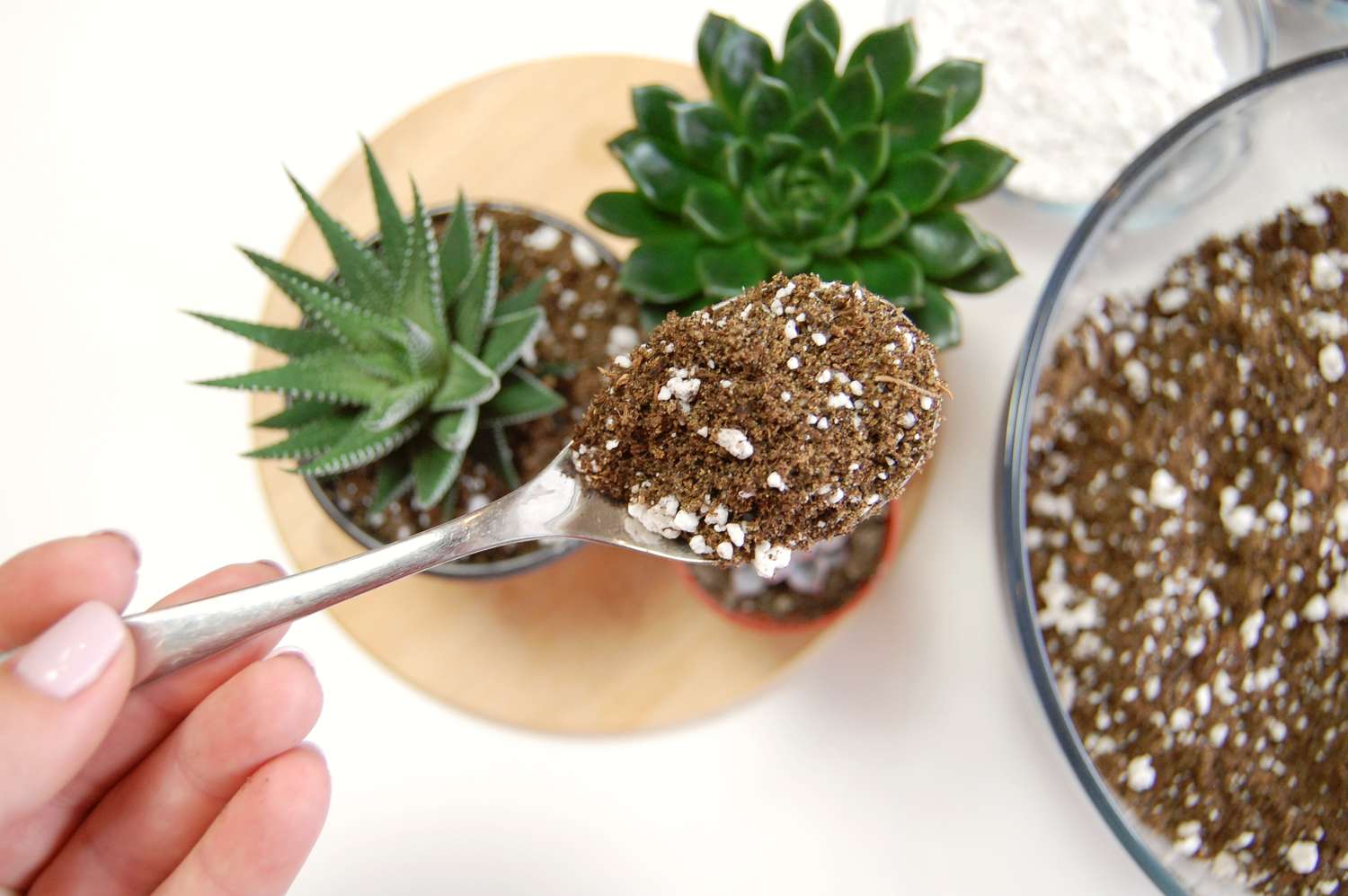
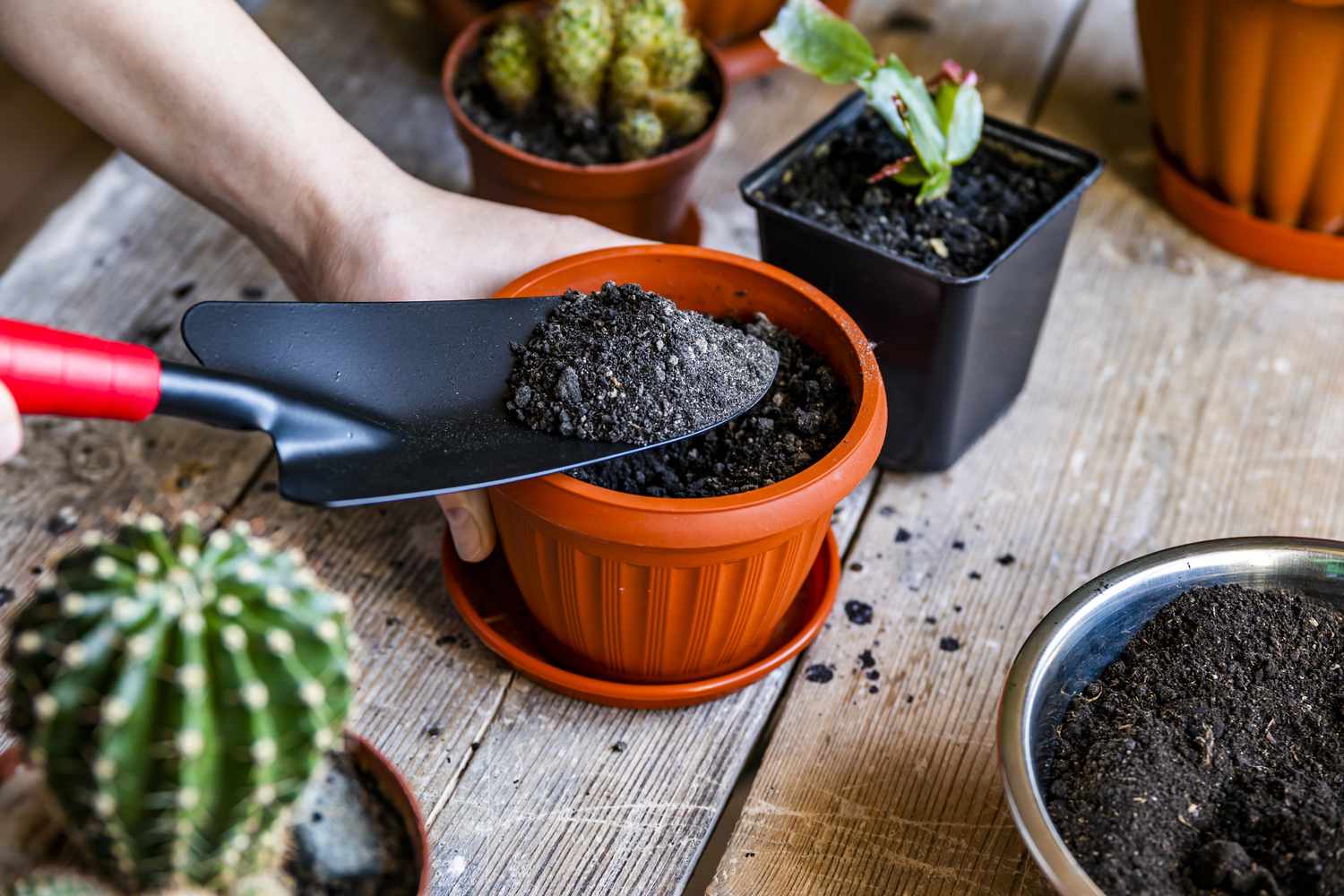
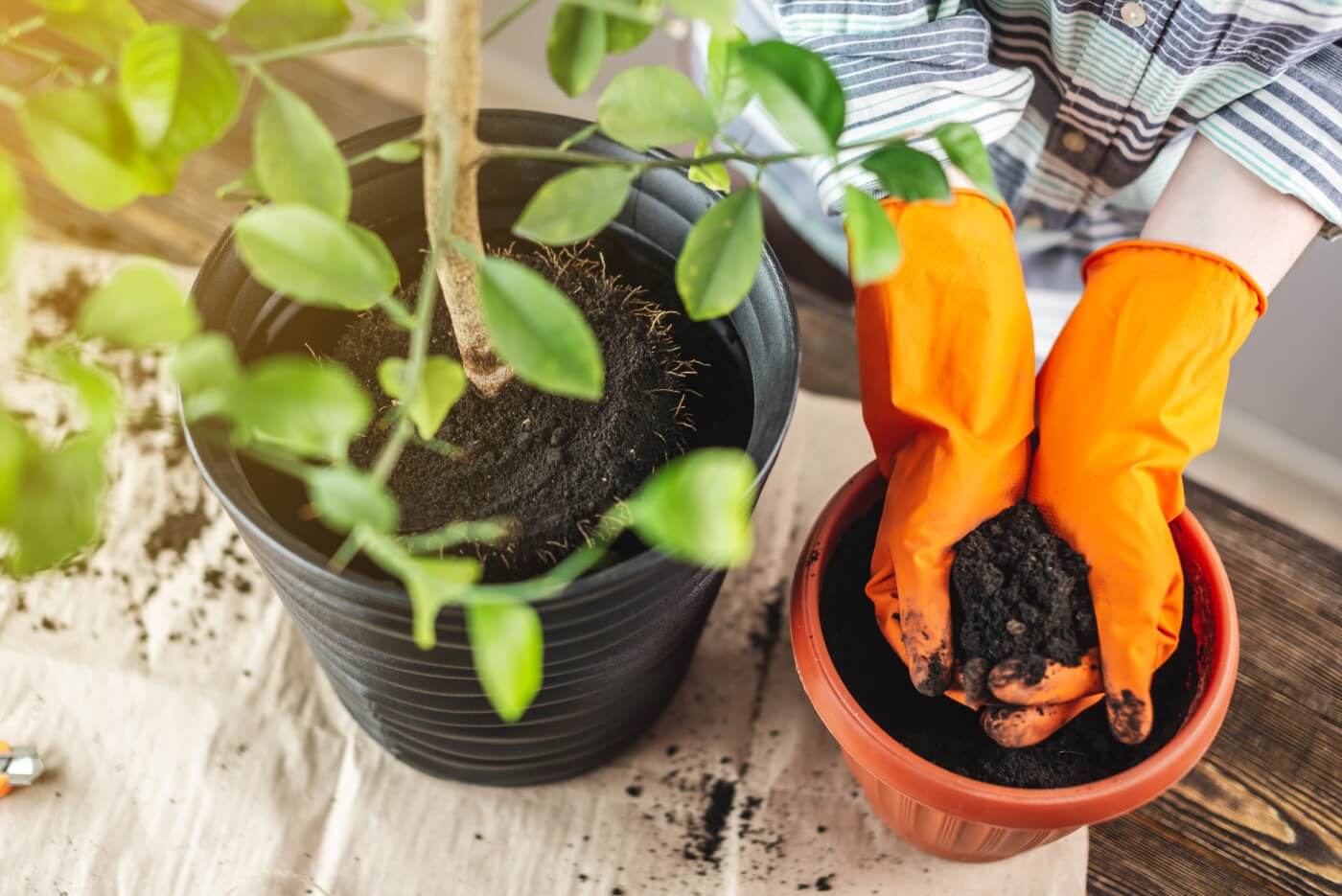

0 thoughts on “How To Break The Surface Tension Of Dry Potting Soil Mix”